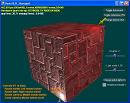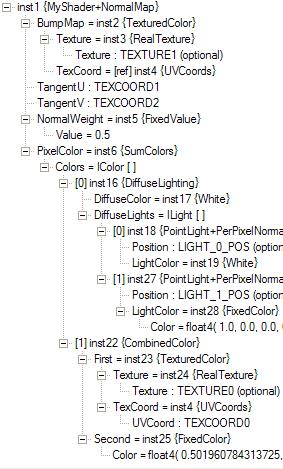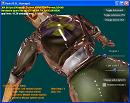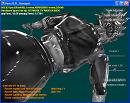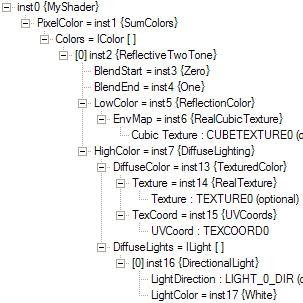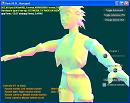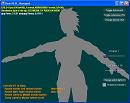
This is roughly the simplest shader you can write in ESL. It declares a new class (or shader graph node type) which adds the IMaterial modifier (this modifiers lets the compiler know that this is a compile-able material). The first three properties define shader inputs; �user� means it�s a per node instance input, and �app� means it�s an application shared defined input. In ESL, all class members are either inputs or procedural properties, ProjectedPosition is not a member variable, but is rather a procedural value written in a sort of short-hand. The IMaterial modifier, used by the compiler to create the shader, declares two abstract properties �FinalPosition� and �FinalColor� which are the vertex and pixel shader outputs respectively, in this material we override them and set them equal to something useful..
class HelloShader adds IMaterial<description="A very simple shader.">
{
app float4x4 ProjMatrix : PROJECTION_MATRIX;
user attrib float4 RawPosition : POSITION <uitype="position_model">;
user float4 AmbientColor <uitype="color">;
float4 ProjectedPosition = mul( RawPosition, ProjMatrix );
override float4 FinalPosition = ProjectedPosition;
override float4 FinalColor = AmbientColor;
}
